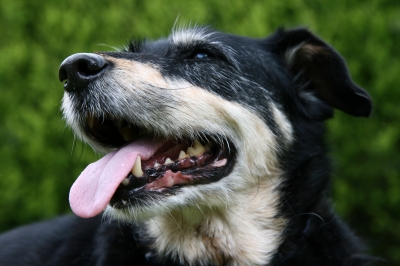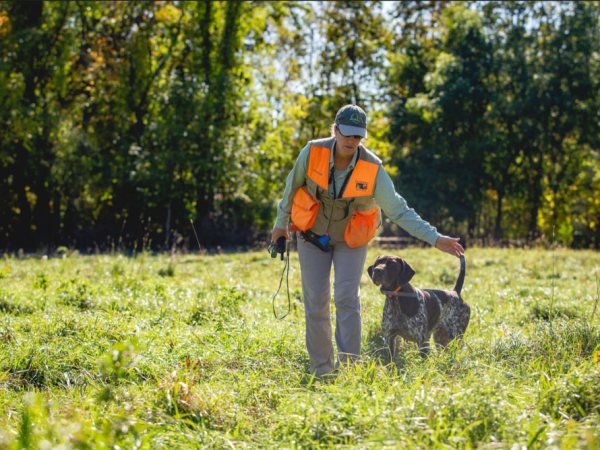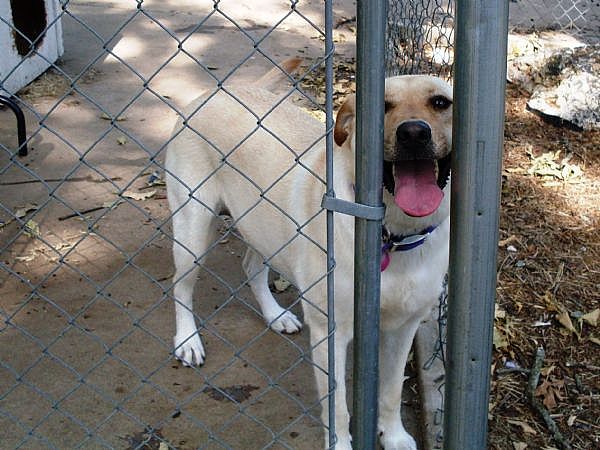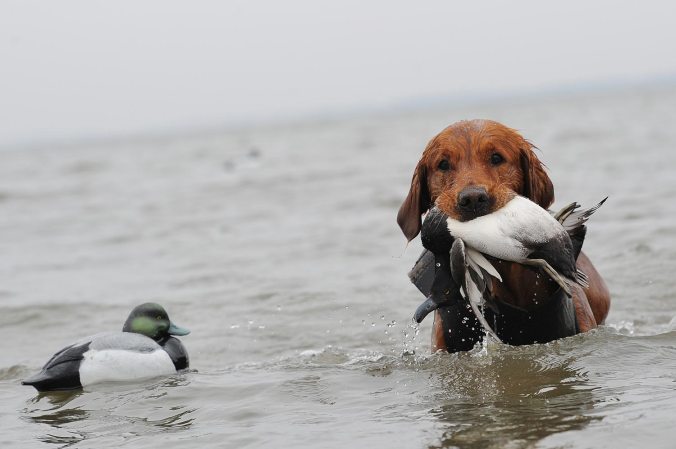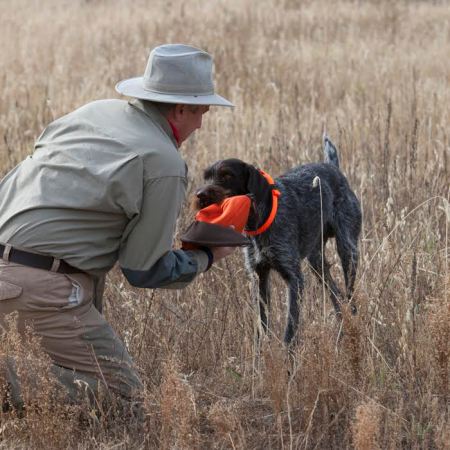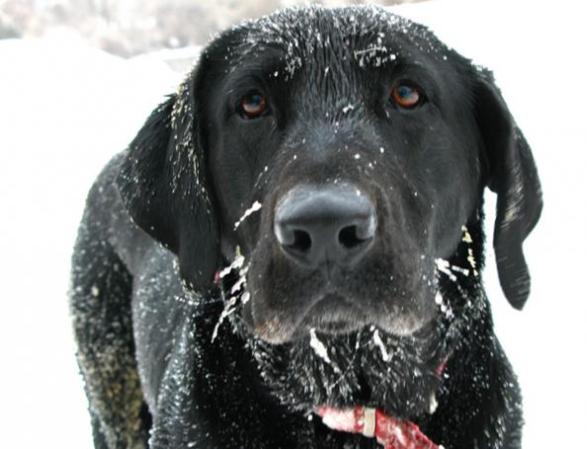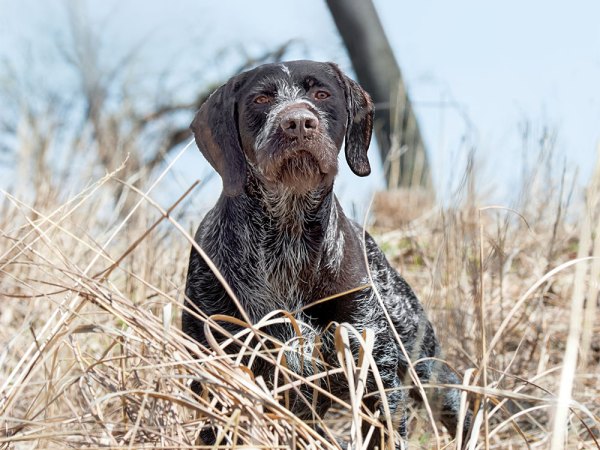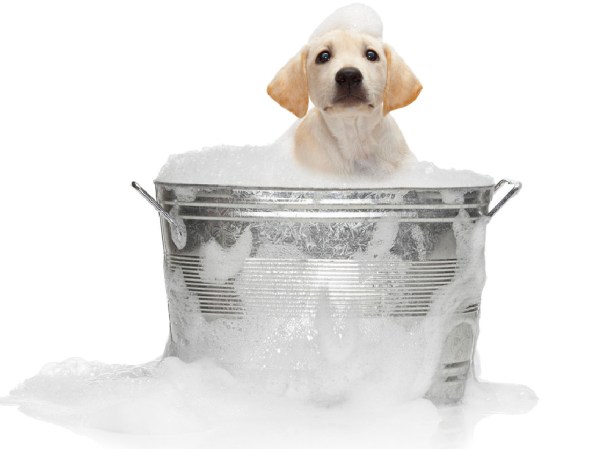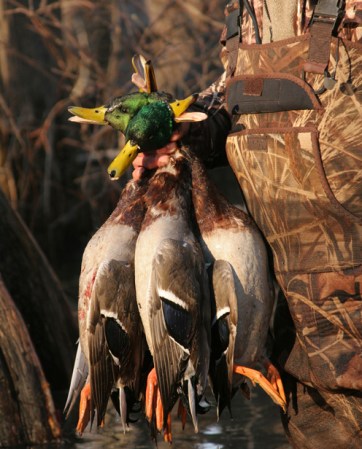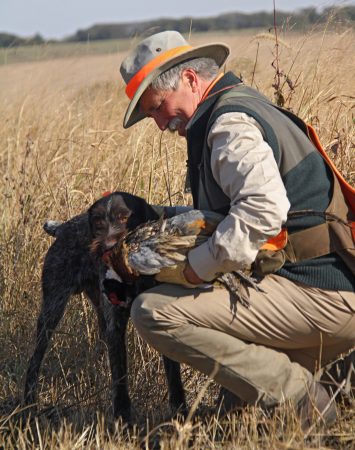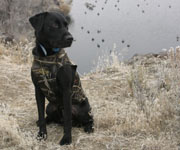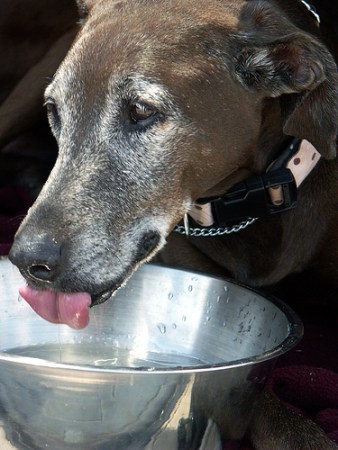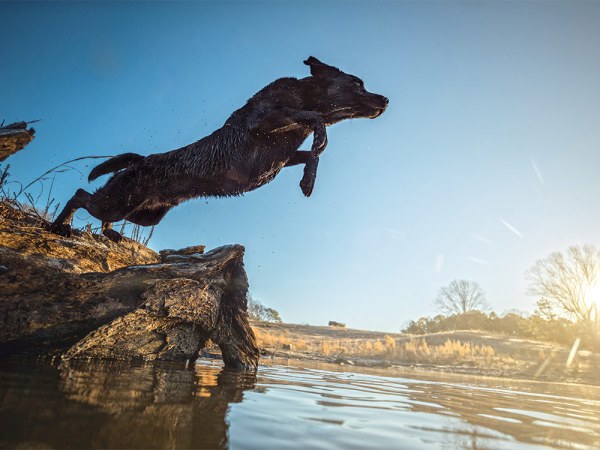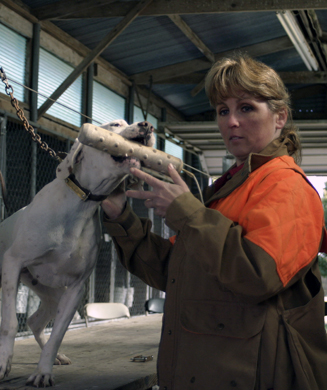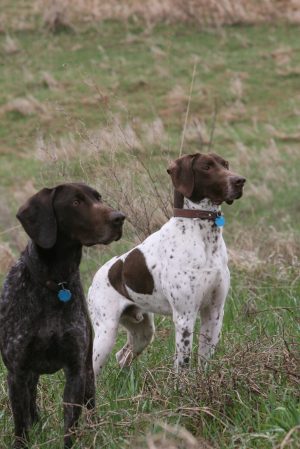Symptoms:
1. Watch the tongue: Watch your dog’s tongue as he’s working. The mouth is the dog’s primary means of eliminating heat. As a dog gets hotter, his tongue hangs farther out of his mouth and widens in an attempt to expand its surface area and expel more heat. When he’s really hot, you’ll notice the tongue “cup” at the end. His gums and tongue might also become bright red.
2. Watch the gait: A dog entering the danger zone will become uncoordinated. You might not notice it at first, but a missed step here or there, confusion following a command, sluggishness following commands and the like point to a mentally and physically stressed dog.
3. Watch the eyes: Impaired dogs will often exhibit a glassy stare in addition to poor coordination and rapid panting.
Keeping cool:
1. Acclimate: Get your dog used to hot weather slowly. If a hot day suddenly dawns in early spring, limit your dog’s work or train during the morning. In the early summer, take your time training. There’s no need to work your dog all day or during the heat of the day. Allowing your dog to rest until fully recovered and then work/train and rest again will allow him to acclimate to the higher temps over days and weeks.
2. Water: Always have cool water on hand. It’s as much of a preventative as it is a cure. While your dog is resting, allow him to drink at his leisure. When working, allow him to take frequent breaks to drink, but don’t allow him to gorge himself when panting heavily. Lakes, ponds and rivers provide fresh, cool water (if they’re deep and/or fast moving) and allow your dog to submerge his body, which effectively siphons off the building heat.
3. Shade, fans, AC: When not working or training, rest your pup in the shade of a tree or in a sufficiently air-conditioned automobile, or have a dog box with fans blowing cool air over him. Adding a frozen milk jug of water to his crate/box will help with the evaporative cooling as well.
These tips are just preventative– they will not cure an already overheated dog. Get your dog to the vet ASAP if you suspect overheating.

